Flamin' Hot Cheetos, Tacos and Palaces: Current:LA Food's Artists and Installations

Current:LA Food is a city-wide triennial presenting art projects by 15 national and international artists and teams, who have taken on the global issue of food. See Currrent:LA Food all over the 15 council districts of Los Angeles. This article was made in partnership with The City of Los Angeles Department of Cultural Affairs (DCA) and the Institute of Contemporary Art, Los Angeles (ICA LA). Find out more about Current:LA Food on our coverage here.
"Food is pleasure and peril. It can be delicious or something dangerous," says Asuka Hisa, Director of Learning and Engagement at the Institute of Contemporary Art, Los Angeles (ICA LA). Hisa helped curate this year's Current:LA triennial focusing on food. Through fifteen installations and numerous public programs, the Department of Cultural Affairs is turning Los Angeles into a large art and food experience. Learn more about each of the chosen artists and their projects below. See how the world of food becomes a window into a city's consciousness. For more information on locations and events click here.
Adrià Julià- A Very White Flower
Council District 1, L.A. State Historic Park, Chinatown
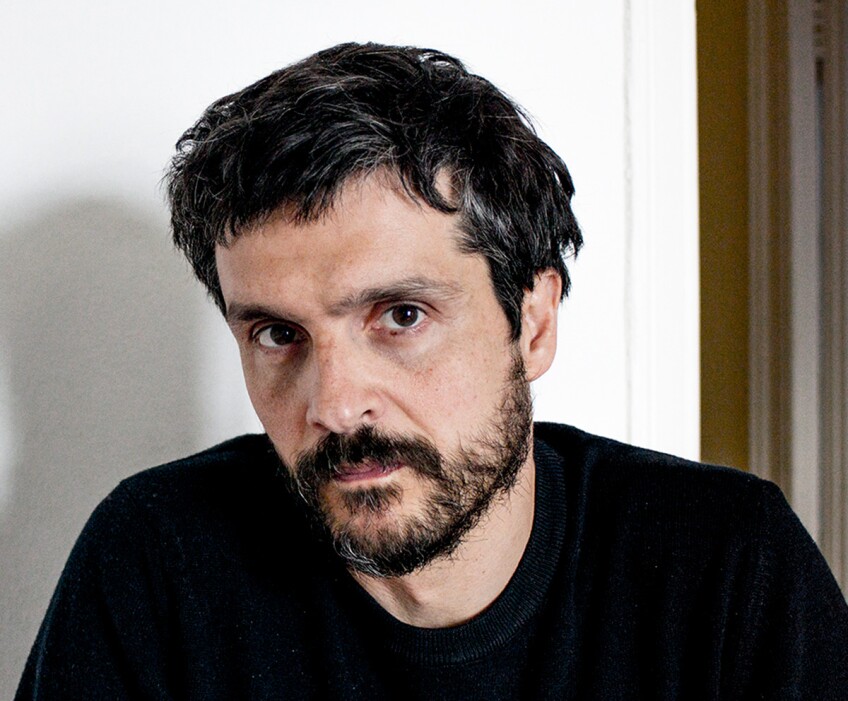
CalArts alumnus Adrià Julià’s art revolves around film, performance, photography and installation. Born in Barcelona, Julià has lived all around the world, from Seoul to Sao Paulo and Los Angeles. After being selected to participate in Current L.A. Food, he dove deep into the popcorn industry, which is intrinsically linked to Los Angeles’ film industry. The work aims to expand on the popular movie treat’s history and impact, tracing it back to its origins as a Mexican crop to its popularization during the Great Depression and now, its impact and role in our modern society and economy.
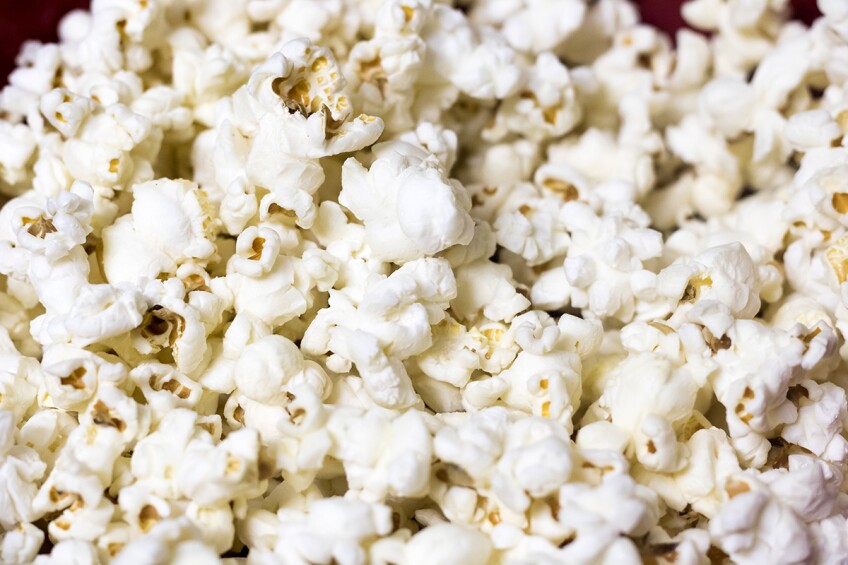
Shana Lutker- Contemporary Museum of Temporary Containers (CMTC)
Council District 2, Valley Plaza Recreation Center, North Hollywood

Interdisciplinary artist Shana Lutker’s work explores the relationship between memory and experience. In her "Contemporary Museum of Temporary Containers" (CMTC), she said she wanted to work with disposable food containers, which are all around us, but we barely acknowledge their existence. “I am interested in the complicated stories that everyday objects can tell us about ourselves,” Lutker said. After gathering more than 1,000 containers, she said she hopes viewers will pause to consider their impact and purpose beyond just holding food. “I hope that the containers are seen and acknowledged — as amazingly convenient technological advancements and an enormous burden of unnecessary waste,” she said.

Eva Aguila and Coaxial Arts Foundation- Comida a Mano
Council District 3, Reseda Recreation Center, Reseda
Los Angeles-based Eva Aguila is the cofounder and artistic director of the Coaxial Arts Foundation, an arts space in downtown L.A. dedicated to expanding the community of multimedia artists in the city. For "Comida a Mano," Aguila said she was inspired by her ancestors from Michoacán, México, who would tell stories around the comal in their home. “A comal is something you see in every Mexican household,” she said. “I hope through the lens of Mexican heritage visitors will be inspired to share their own oral histories.” Stoves have replaced earthen comal ovens in most Mexican households, but some still exist in small towns and preservation societies.

Michael Rakowitz- Beneath the Date Palms
Council District 4, Pan Pacific Park, Fairfax District

The history of the Iraqi date palm provided ample inspiration for Iraqi American artist Michael Rakowitz. As part of his ongoing project, "The Invisible Enemy Should Not Exist," he created "Beneath the Date Palms," which recreates a room from the now-destroyed Northwest Palace of Nimrud in Iraq, but made from the packaging of Middle Eastern foods sold in the U.S. and Arabic-English newspapers given away for free in large American cities for newly arrived immigrant from places like Syria and Iraq. The goal is for visitors to think deeply about the history between the U.S. and Iraq, reflect on the relationship between the Iraqi community and the veteran community in L.A. in a communal banquet space and to consider the connection the Iraqi date industry has with California’s date industry, which stemmed from it.
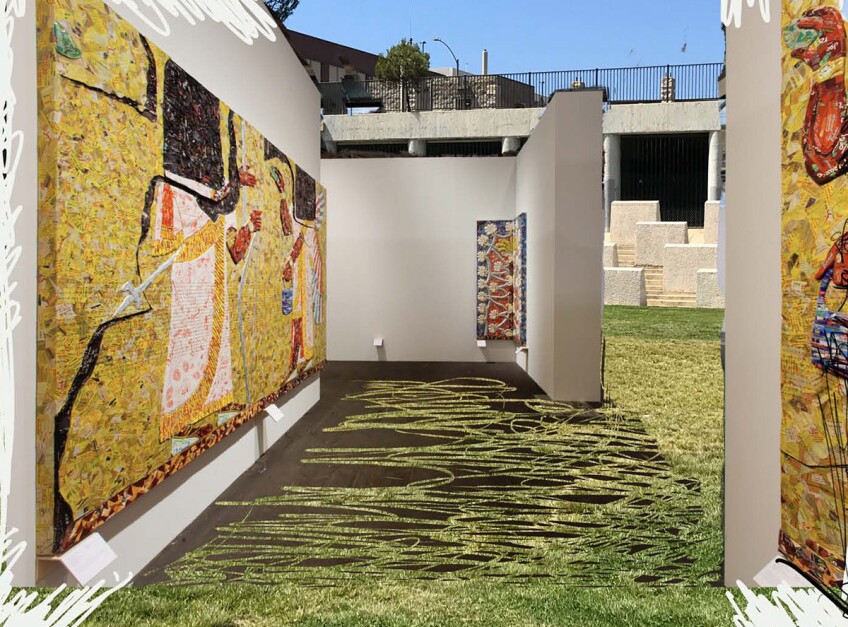
Ry Rocklen- Food Group: The Body Palms
Council District 5, Palms Park, West L.A.
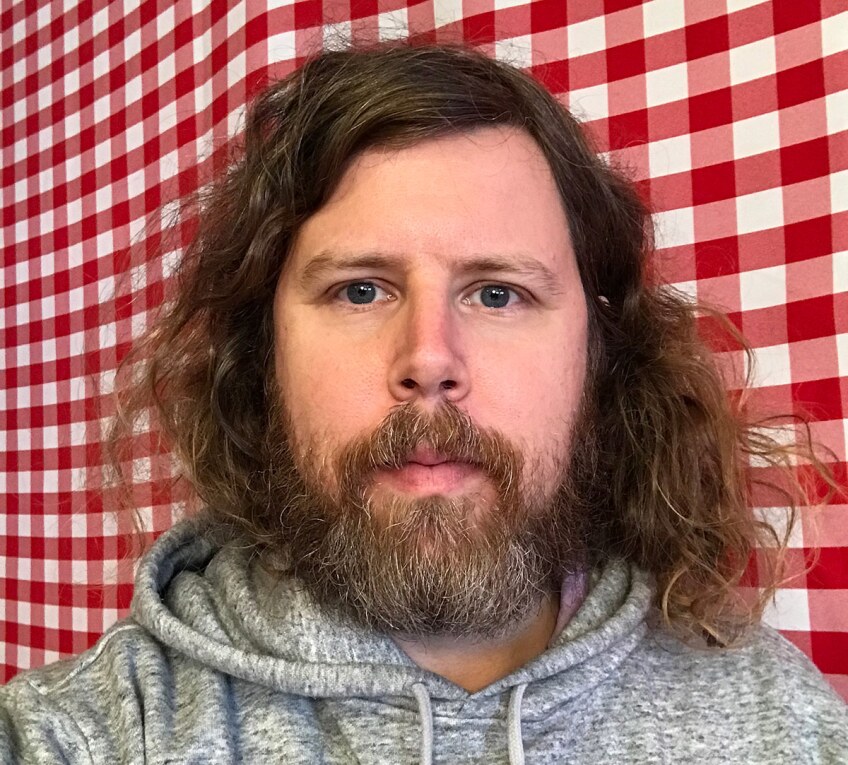
Theater and sculpture will collide at Ry Rocklen’s "Food Group: The Body Palms." After focusing on sculpture for the bulk of his professional art career, Rocklen said he found he wanted to branch out to another form of expression. “I realized I needed a modality that allowed me to express myself with more words and feelings, a modality that allows my art to engage in the world with both stillness and motion,” he said. Bringing together sculpture, theater, costume and song, “The Body Palms is the synthesis of artistic and cultural interests that have been developing for me over the course of my career,” Rocklen said. He added that he hopes the work will allow viewers to slow down and think about their consumption habits, cultural tendencies and desires in a more detailed way.

Carolyn Pennypacker Riggs & Annie Gimas— ALL AGAIN
Council District 6, Delano Recreation Center, Van Nuys

Multidisciplinary artists Carolyn Pennypacker Riggs and Annie Gimas have a special affinity to create immersive performances. Aided by Pennypacker Riggs’ experience as a singing teacher and Gimas’ professional dance education, together, they’re getting the Van Nuys community to perform. “Our piece is a choral/movement performance that incorporates both professional and non-professional/volunteer performers to engage with [the] topic of food loss, food waste and compost, through the medium of experimental opera and collective ritual,” Pennypacker Riggs said. Inspired by the need to teach people about agricultural and compost cycles, the duo wanted to bring ideas for practical action to regular people, which is why composting workshops will be held in tandem with the performance workshops. “It's important for me to make audience members feel invited and included in performance,” she said. “There is an optional interactive component for the audience, and material to take home offering simple actions we can take at the consumer level to reduce food loss and food waste.”

Emily Marchand- A Thousand Lunches
Council District 7, Roger Jessup Park, Pacoima
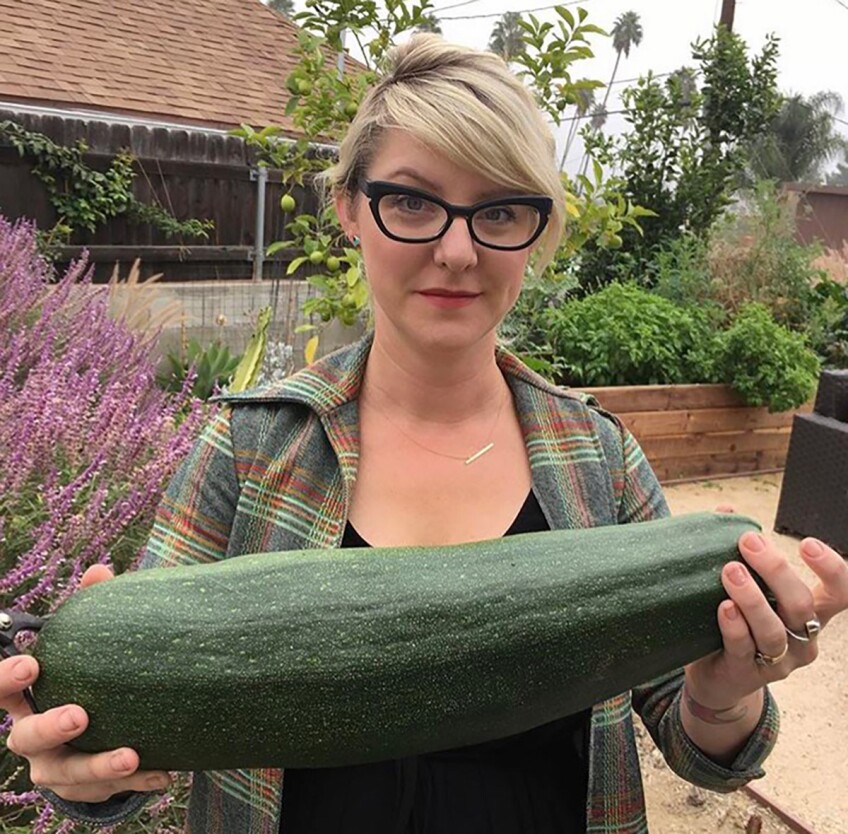
For Sacramento native Emily Marchand, the key to creating a positive impact and creating a conversation about access to food starts with community. She said "A Thousand Lunches" will serve as an anchor to gather Pacoima’s community to do just that. “I hope people will enjoy learning how even local actions of community organizing can make a large and significant impact on society’s health,” she said. She also stressed artists’ role in highlighting another aspect of food that is often overlooked: how essential it is for survival. “Yes, it is fun and tasty, but when millions of people go hungry and are without resources, I feel we, as artists, need to make work stressing the necessity for community organizing and action,” Marchand said.
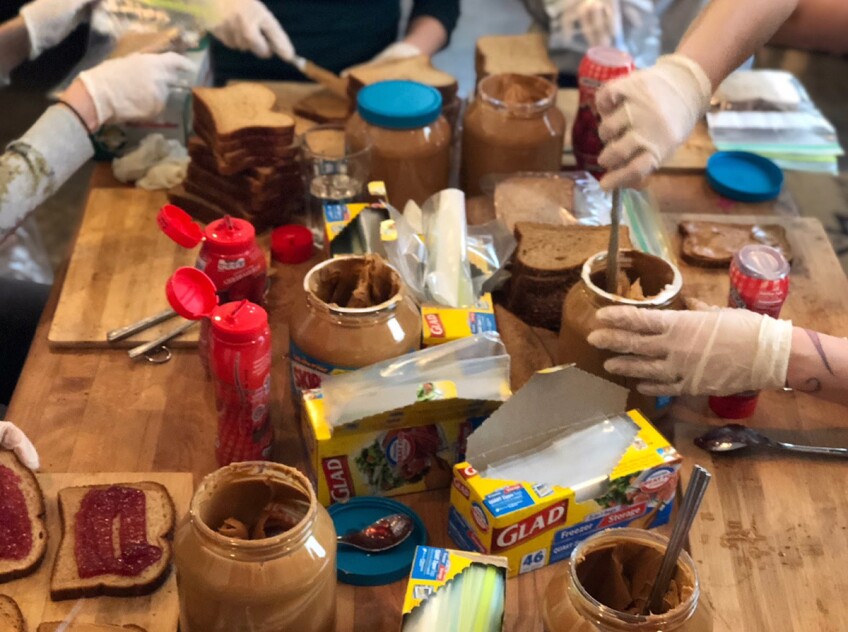
Jazmin Urrea- Imperishable
Council District 8, Martin Luther King Jr. Park, South L.A.

After living and working in South Central Los Angeles, artist Jazmin Urrea developed a keen understanding of the deep issues regarding equal access to food in the area. “'Imperishable' focuses on raising awareness about the food desert issue in Los Angeles,” she said. “Without healthier edible alternatives, low-income neighborhoods are polluted daily by artificial food dyes, processed and sugary foods.” The work carries a personal connection as well. “When I was 12 years old, I use to eat Flamin' Hot Cheetos for breakfast, lunch, and dinner,” Urrea recalled. “My diet resulted in me having emergency surgery for appendicitis. Years later, I noticed that my younger sister was eating junk food on the same level that I was. This led me to start incorporating junk food into my practice.” The junk food habits didn’t stop at her family, Urrea said. “When I was a student at CalArts, I also witnessed the food disparities between South L.A. and Santa Clarita during my daily commute,” she said. “It was an eyeopener to see the major difference between where I grew up, and other places that have access to healthier and organic foods.” She said she hopes her installation raises the collective awareness of the problem in South Central L.A. and in other parts of the world, and, via workshops and a panel accompanying the installation, help create new relationships between community members who want to create change.
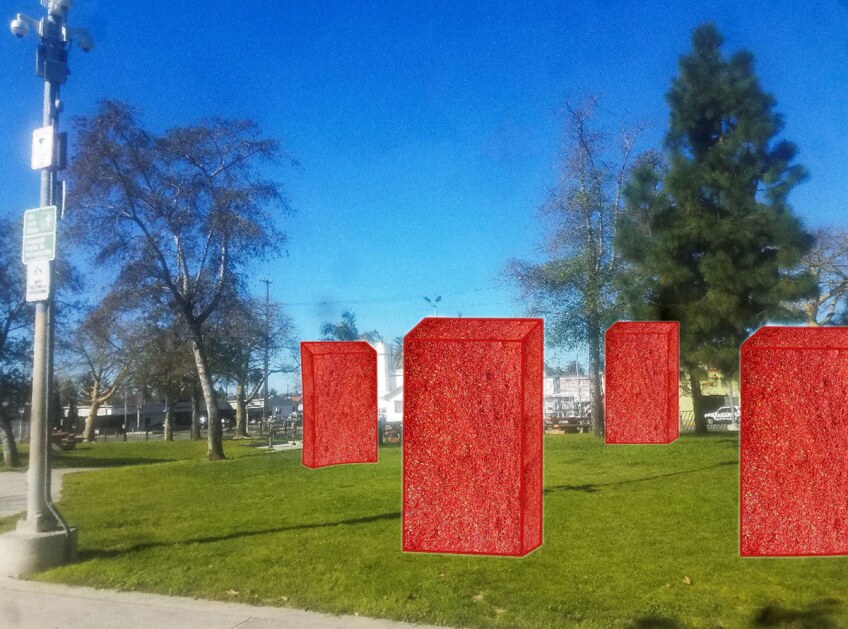
Michael Queenland- Untitled
Council District 9, Exposition Park Rose Garden
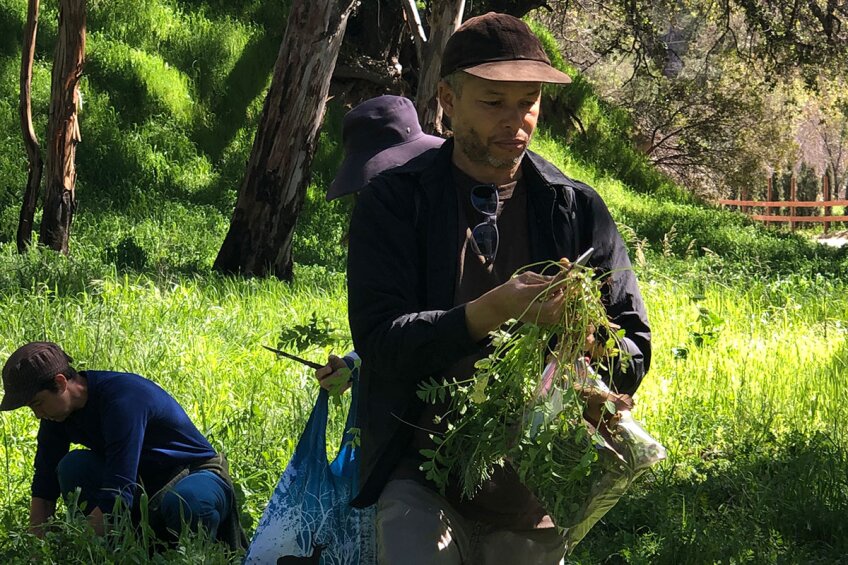
Pasadena native Michael Queenland, whose preferred workspace lies in diverse East Hollywood, uses sculpture and photography to give new, artistic meaning to found objects. With "Untitled," Queenland connects Western children’s breakfast cereals with a hand-knotted rug from the border region in Pakistan and Afghanistan to show the ways in which East and West traditions intersect both culturally and politically. The cereal represents the West’s history of mass consumption and artificiality, while the rug evokes a sense of tradition and artisanal creation that prevails in the East.
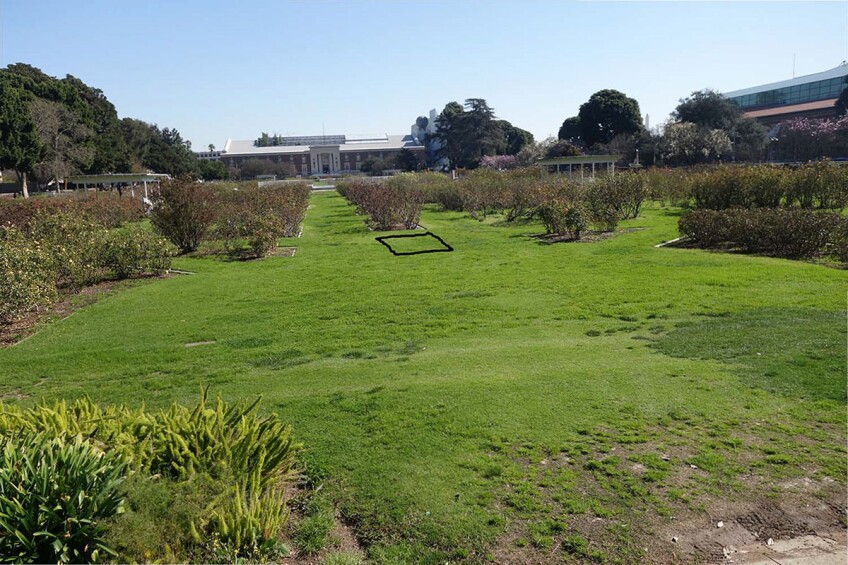
Nari Ward- Enchanted Servers
Council District 10, Leimert Plaza Park
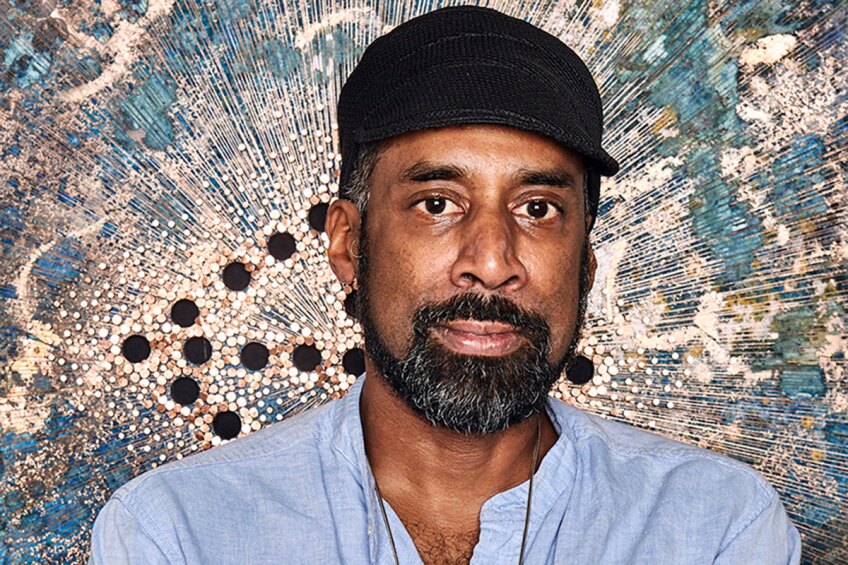
As a New Yorker, artist Nari Ward is familiar with the important role food truck vendors have in providing sustenance to cities. He explained that in creating the sculpture, he was inspired by “individuals who are committed to creating resources that enable greater self-reliance for themselves and others.” “Enchanted Servers" celebrates the hard work of food truck vendors and recognizes the value of their contribution to the neighborhoods and communities they serve,” Ward said, a notion that is especially true in the case of Los Angeles’ food truck vendors, who drive mile after mile to serve all neighborhoods, hence the car jacks in the sculpture.
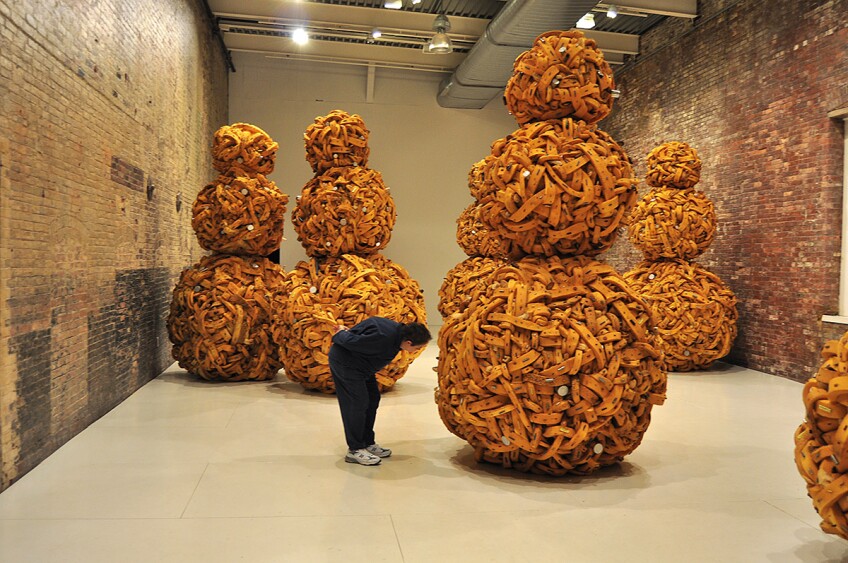
Cooking Sections- Mussel Beach
Council District 11, Venice Beach Recreation Center
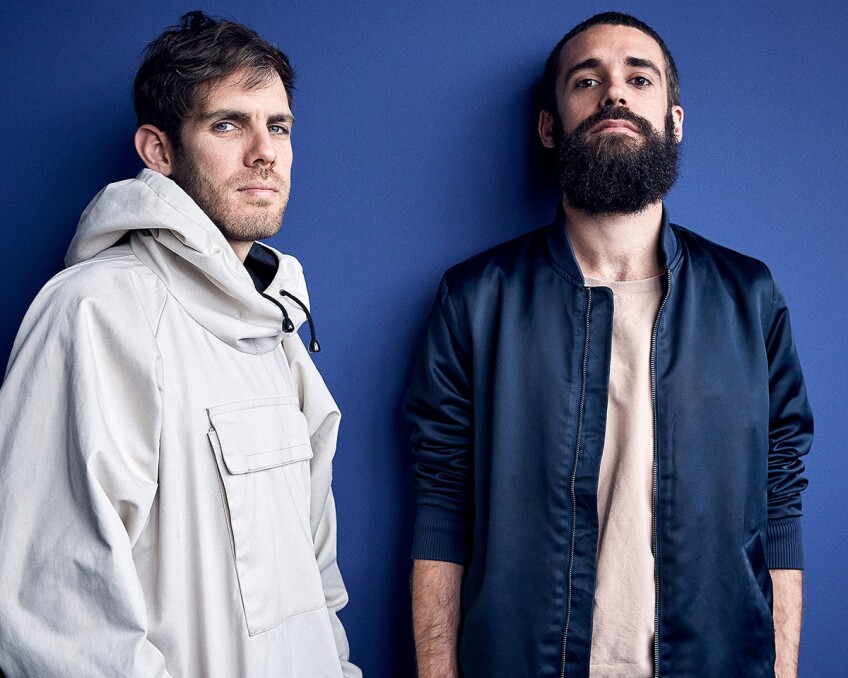
Comprised of artist duo Daniel Fernández Pascual and Alon Schwabe, Cooking Sections is dedicated to exploring how the world revolves around food and how changes in the environment are reflected in the availability of food through installations that incorporate mapping, video and performance. With "Mussel Beach," they are considering the impact human activity has on Los Angeles’ coastline and the Pacific Ocean, specifically related to the availability of mussels, which are slowly disappearing, juxtaposed with L.A.’s feverous health and fitness industry. They are based in London.

Nonfood- Algae Bioreactor 1
Council District 13, Barnsdall Park, East Hollywood

Founded by a community of artists, Nonfood is definitely a nontraditional food company. By taking the artists’ desire to create a change in our collective culture, they have created a business out of creating food items out of a more responsible food source: algae, a crop that’s incredibly efficient at turning few nutrients into growth. “People can exist independent from large food companies by learning skills and sharing that with others to yield something as essential as food,” said Lucy Chinen of Nonfood. The goal for the piece is to test out which kinds of algae grow best in the local climate. “Since we make food products from algae it’s valuable to know the conditions in which to grow it,” Chinen said. The term “bioreactor” might seem like science fiction so some visitors, but Chinen says she hopes that doesn’t make it seem too spacey. “I hope visitors see that something like a “bioreactor” is much like an aquarium and not something totally inaccessible,” she said. As to the choice of putting it in a community garden? “We hope that people will think of the future of growing your own algae can be something similar to a community garden,” she said.

Julio César Morales and Max La Rivière-Hedrick- New Shores: The Future Dialogue Between Two Homelands
Council District 13, Barnsdall Park, East Hollywood

Food brings people together. It’s a phrase we hear over and over again, but Julio César Morales and Max La Rivière-Hedrick are putting it into practice by highlighting East Hollywood’s vibrant immigrant communities with large dinners celebrating their cuisine and culture. Extra inspiration came by way of Carlos Fuentes’ “The Orange Tree,” which describes the experience of living in two worlds, similiar to that of immigrant communities living in Los Angeles. With "New Shores: The Future Dialogue Between Two Homelands," that duality will come to a head and allow Angelenos to observe different immigrant cultures and their two homelands, original and adopted. “We hope visitors will discover new poetics of the everyday and new meanings for the migrant experience,” said La Rivière-Hedrick.

Nancy Lupo - Open Mouth
Council District 14, Pershing Square, Downtown L.A.
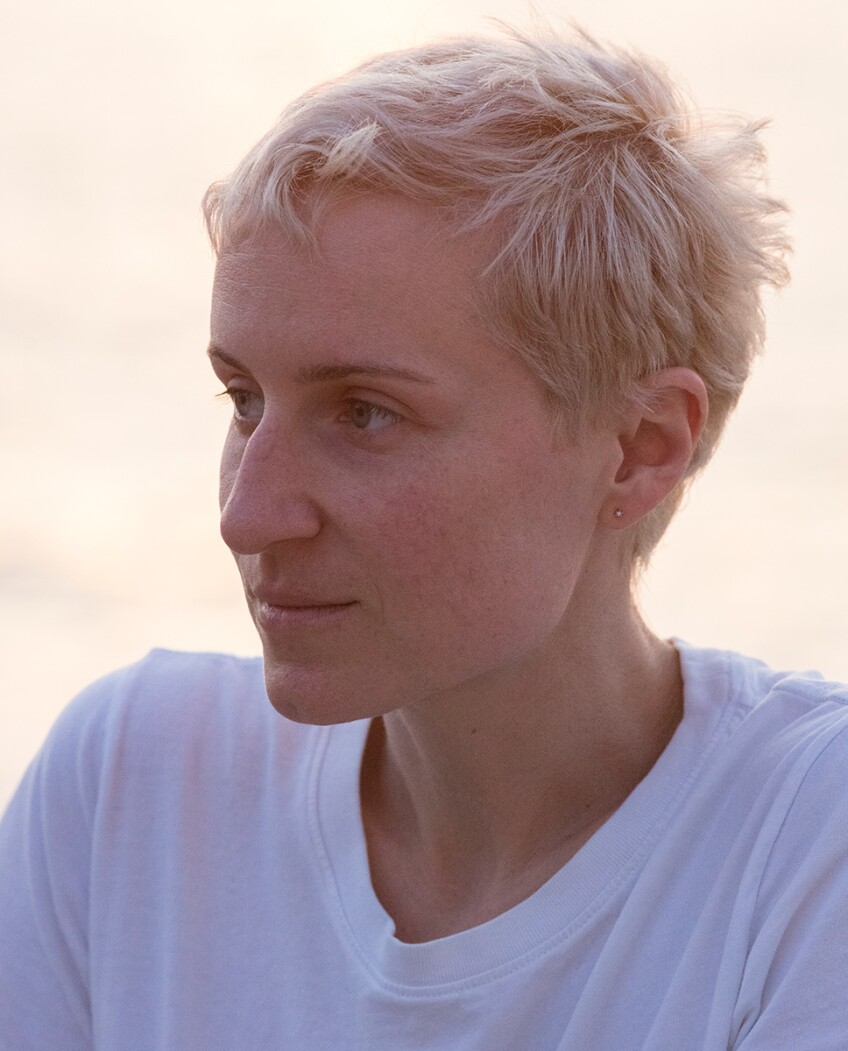
Sculptor Nancy Lupo knows her way around a bench. She has produced several of them made out or a range or materials for several exhibitions. For her, the benches are physical ways of encapsulating a time and place with a corresponding memory, while inviting viewers to use their imaginations to piece her works together and think about how we move through our lives around them. In "Open Mouth," downtown L.A.’s Pershing Square becomes the site for Lupo’s start to the city’s metabolism by being transformed into a human mouth made out of custom benches with crevices that resemble the adult mouth’s 32 teeth.
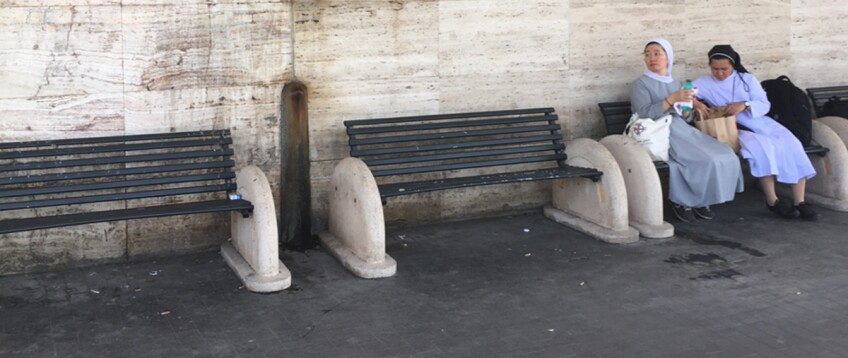
Torolab- Watts Cookbook
Council District 15, Ted Watkins Memorial Park, Watts

Founded in Tijuana more than 20 years ago, the Torolab artist collective, lab and workshop led by artist and architect Raúl Cárdenas Osuna, seeks to understand what constitutes having a good quality of life using a research-based art practice. Occasionally, Cárdenas Osuna gives advice to Tijuana’s government on how to develop more sustainably and directs a nonprofit. In "Watts Cookbook," the Watts community around Ted Watkins Memorial Park is analyzed using what Torolab calls molecular urbanism to get a sense of its history, social dynamics and food memories through mapping and communal recipe-gathering as a way to create a portrait of it.

Current:LA Food runs from October 5 to November 3. Check out this map and complete guide to plan your L.A. art experience.





